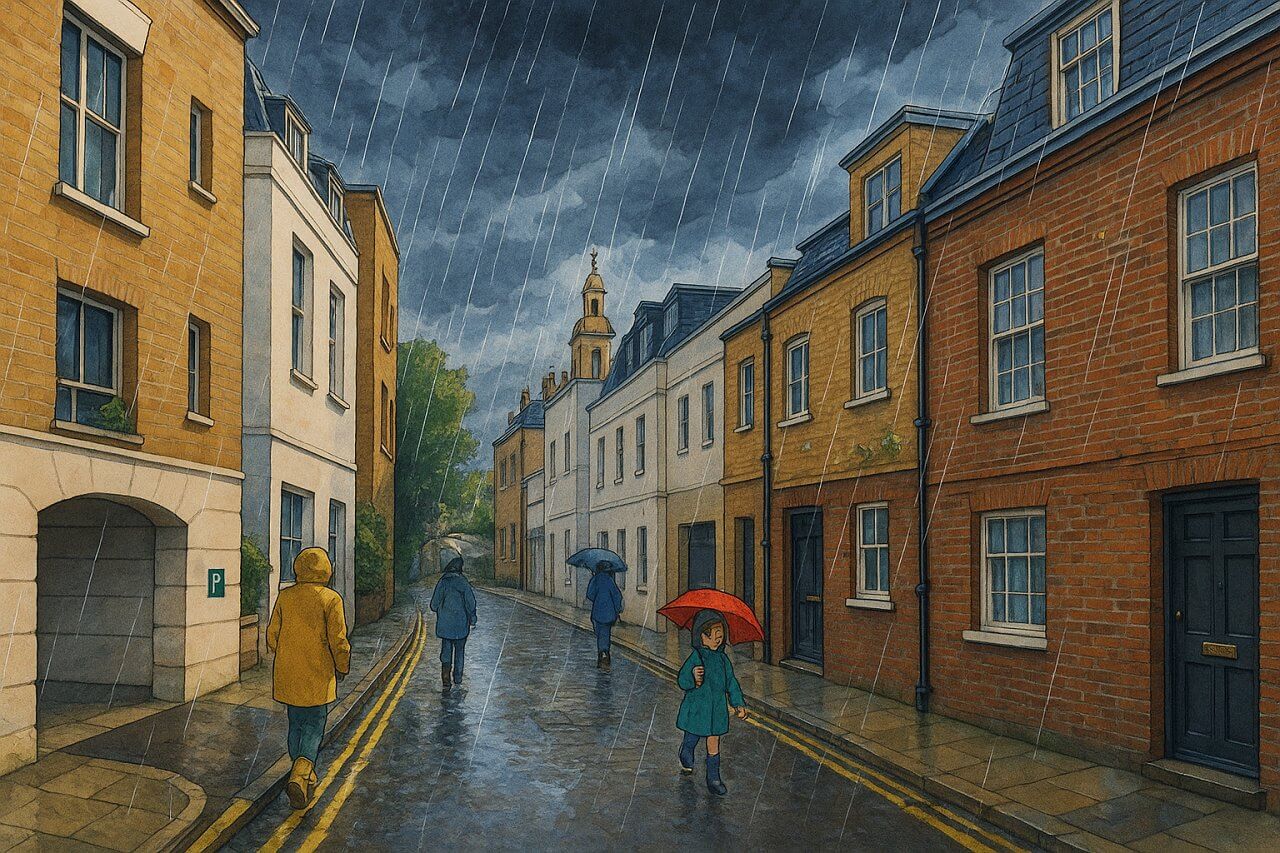
Understanding London Roadnames with 'Mews' to Them
Many of London’s most charming and secluded streets carry the name “Mews”. These names evoke a distinct slice of the city’s architectural and social history, one rooted in horses, carriages, and the lifestyle of the Georgian and Victorian elite. Today, mews streets are among the most desirable residential locations in central London, but their origins are far more utilitarian.
What Does "Mews" Mean?
The word “mews” originally referred to a place where falcons were kept during moulting—from the French word muer, meaning "to moult." In the 14th century, the Royal Mews at Charing Cross served as a place to house the king’s birds of prey. Later, these same premises were repurposed as stables for royal horses, and the term “mews” shifted in meaning accordingly.
By the 18th and 19th centuries, “mews” had become a generic term for a row of stables and carriage houses built behind large townhouses, particularly in affluent areas like Belgravia, Kensington, and Mayfair.
The Purpose and Layout of Historic Mews
Mews streets were designed to serve the large homes they backed onto. Typically, these included:
- Ground-floor stables for horses and carriages
- Upper-floor living quarters for grooms and other staff
- Narrow lanes allowing carriage access but limited traffic
This layout created a clear division between the front-of-house life of the wealthy and the back-of-house world of servants and transportation.
From Horses to High-End Homes
With the rise of the automobile and the decline of horse-drawn transport in the 20th century, these stables lost their original function. However, their central locations and secluded character made them ideal for residential conversion. Over the decades, many mews buildings were transformed into:
- Chic townhouses and cottages
- Architect-designed modern homes
- Live-work studios and offices
Today, a mews address often signals exclusivity, privacy, and historical charm.
Famous Examples of Mews Streets in London
Some well-known and picturesque examples include:
- Kynance Mews – a photogenic cobbled lane in South Kensington, famous for its seasonal wisteria
- Bathurst Mews – home to one of central London’s last remaining working stables, near Paddington
- Eccleston Square Mews – a gated residential enclave in Victoria
- Colville Mews – a trendy Notting Hill lane popular for creative offices
These locations are often featured in film, television, and fashion shoots for their picturesque settings and unique character.
Why Do So Many Roads Still Use “Mews” Today?
The word “mews” has become a permanent part of London’s street-naming heritage. Even if a building was never used as a stable, the term is sometimes adopted for marketing appeal due to the perceived charm and elegance of the name. However, the true historical mews lanes are often protected and listed, preserving their cobblestone surfaces, ironwork details, and narrow entrances.
Conclusion
To walk down a London street with “mews” in the name is to take a step back in time—into the working heart of the 18th- and 19th-century city. These roads, once bustling with grooms and carriage wheels, are now peaceful residential havens that embody the blend of history, architecture, and reinvention that defines much of London’s urban fabric. Whether you're an architecture lover or a curious visitor, mews streets offer a unique glimpse into the city's layered past.

Painting of Wilton Mews on a rainy night (View image in full size)